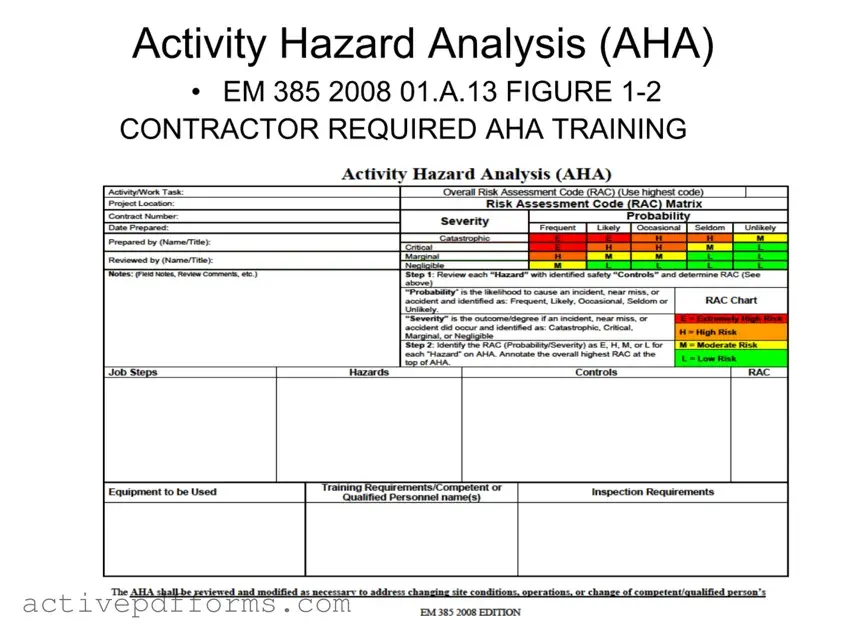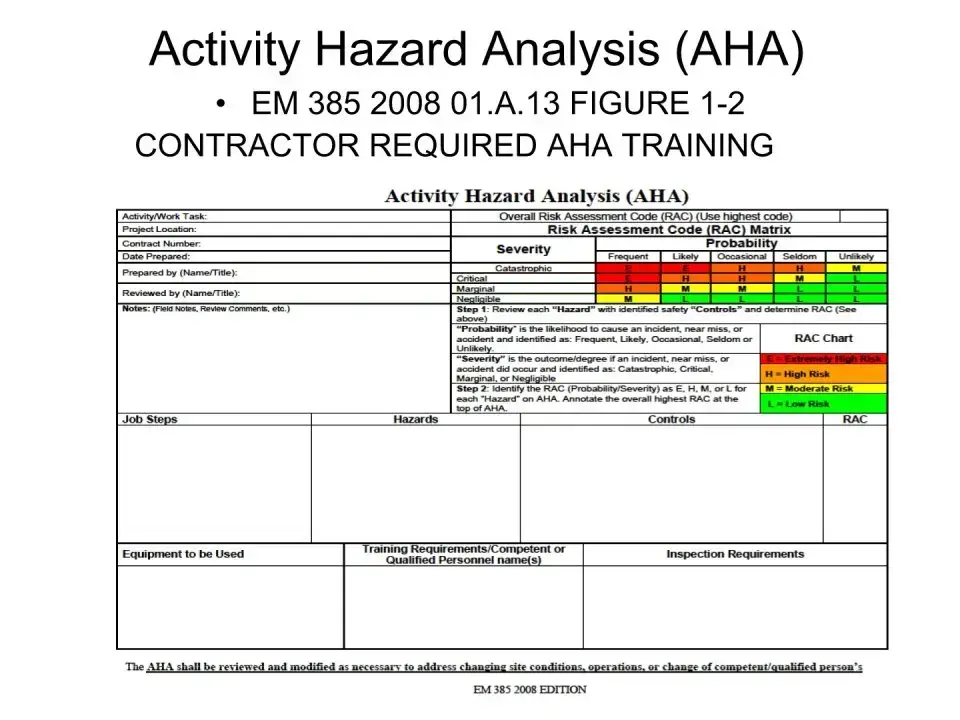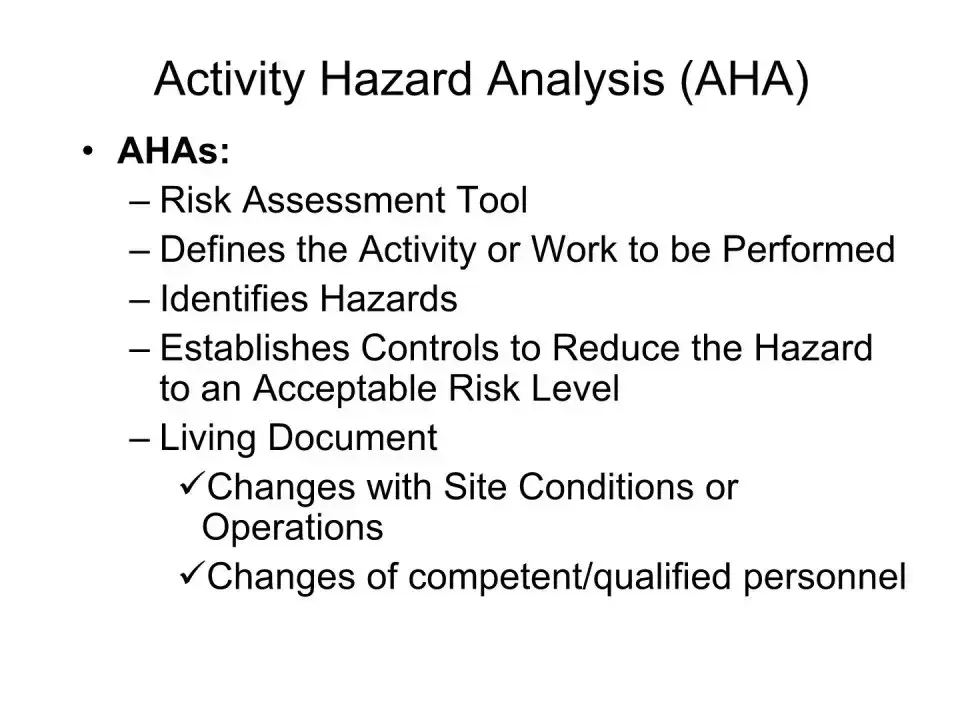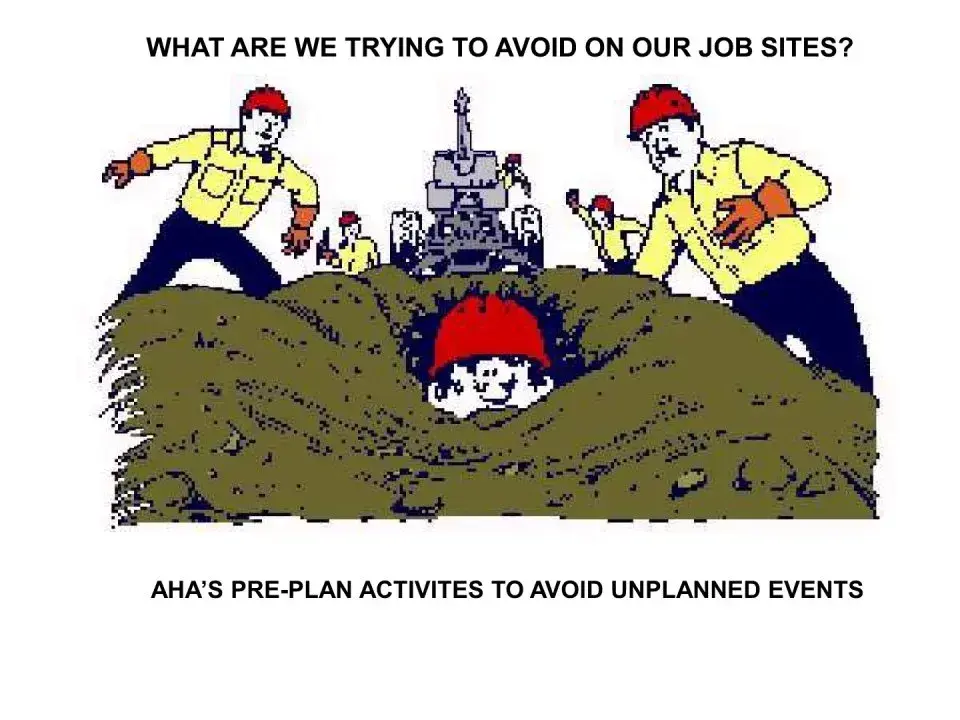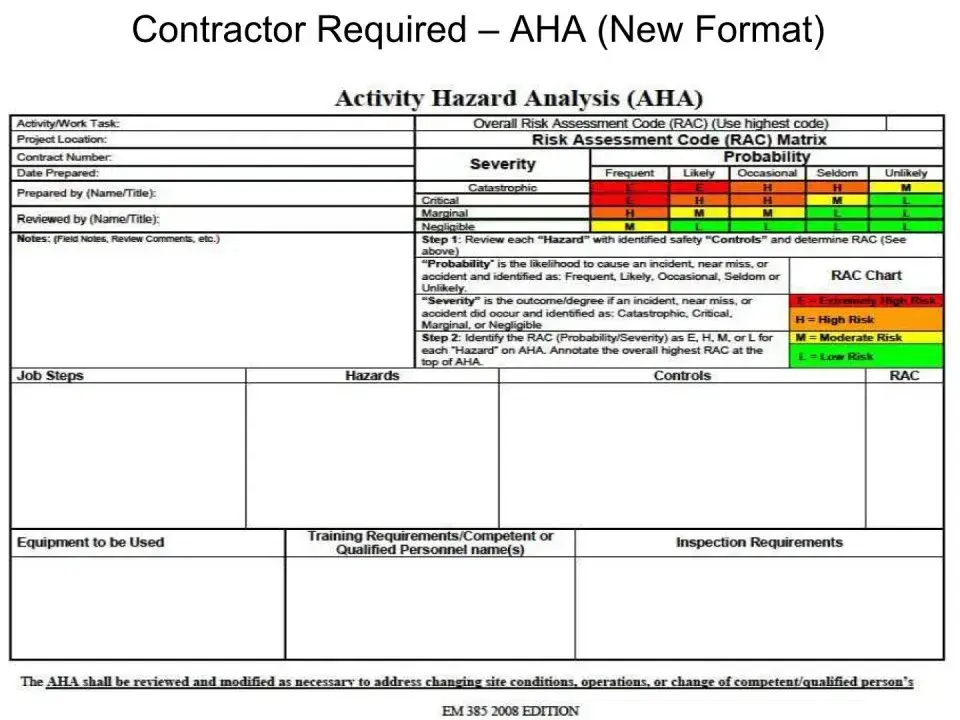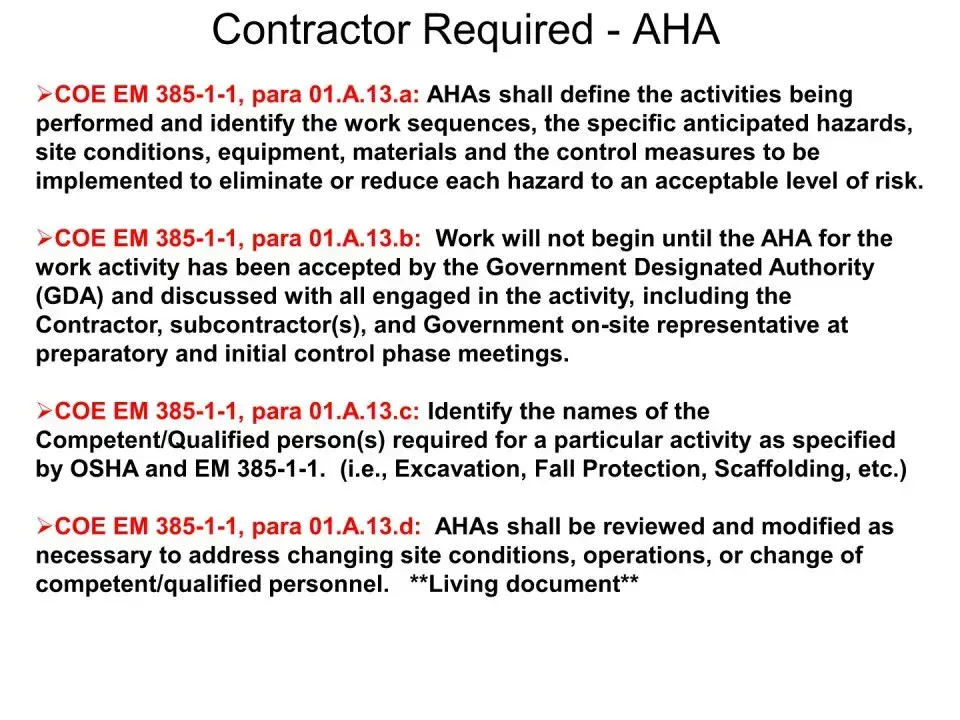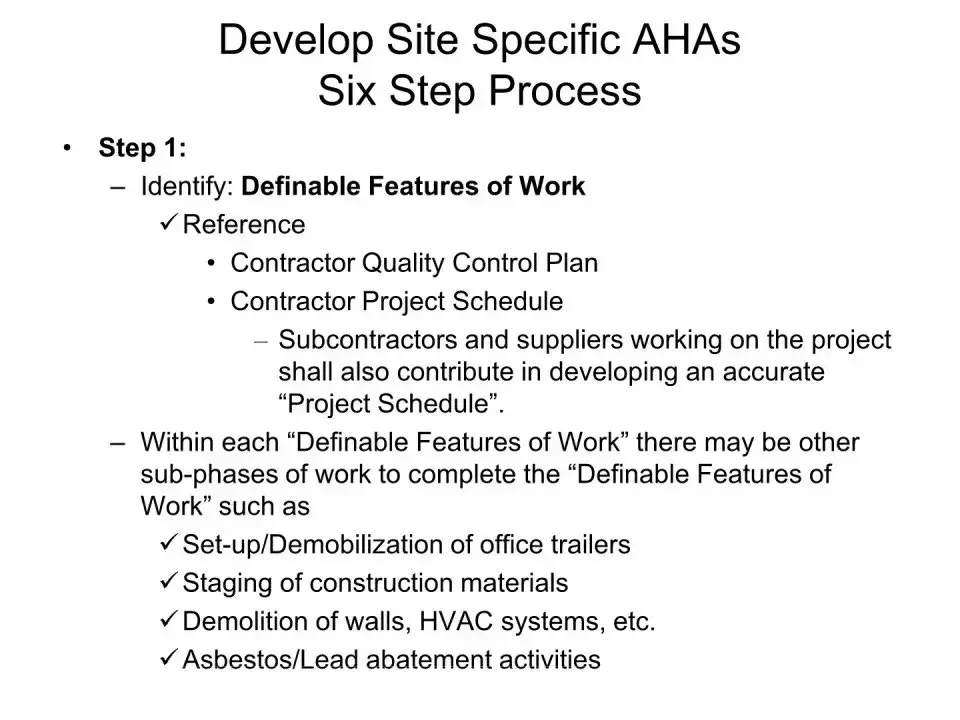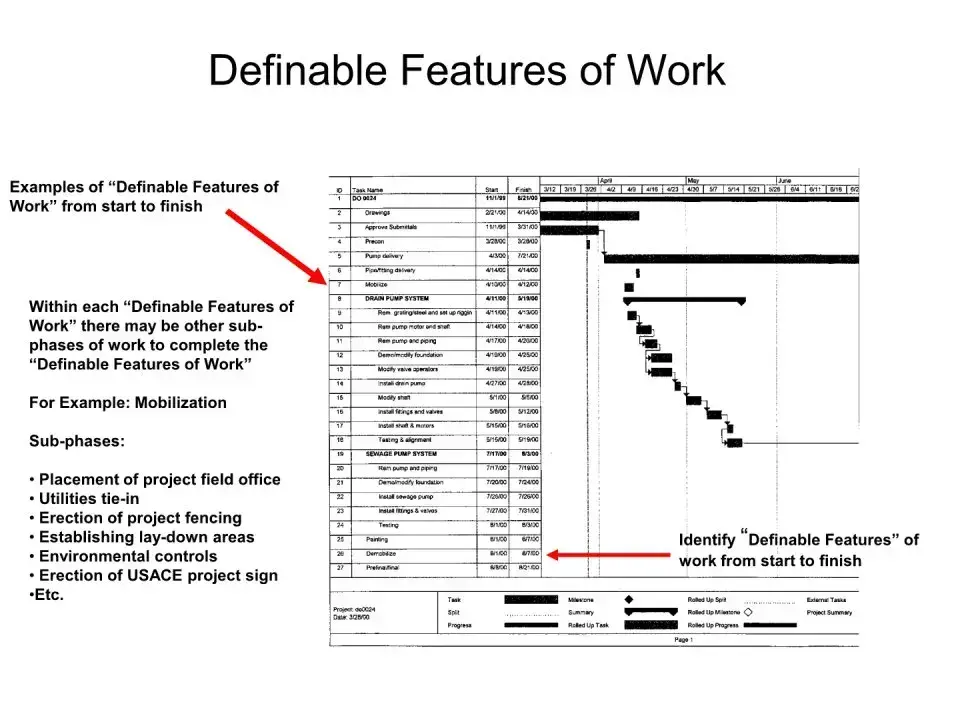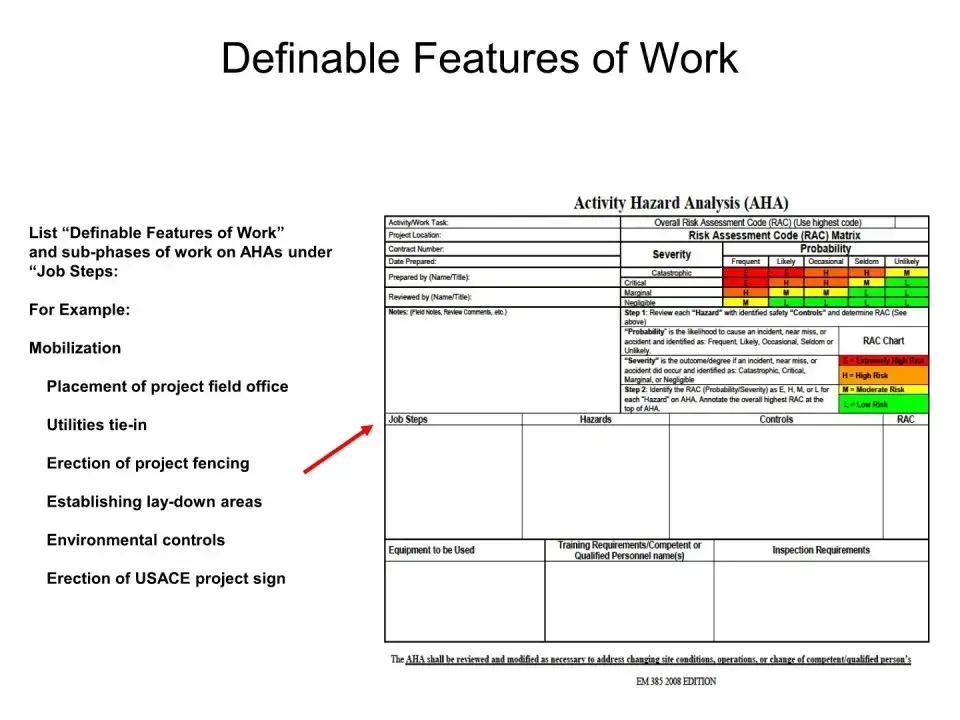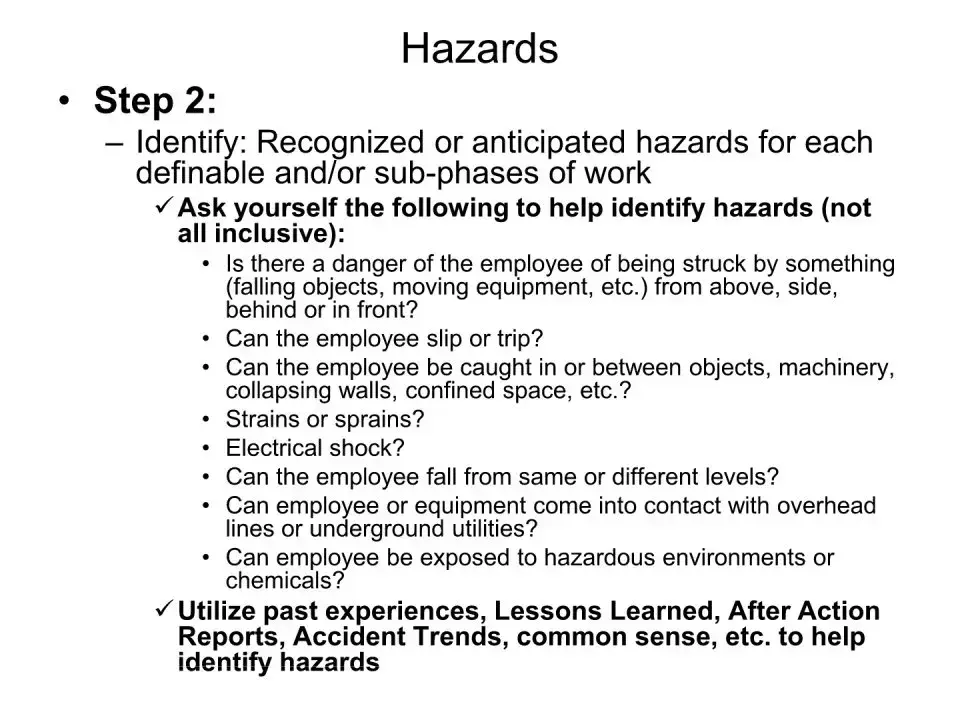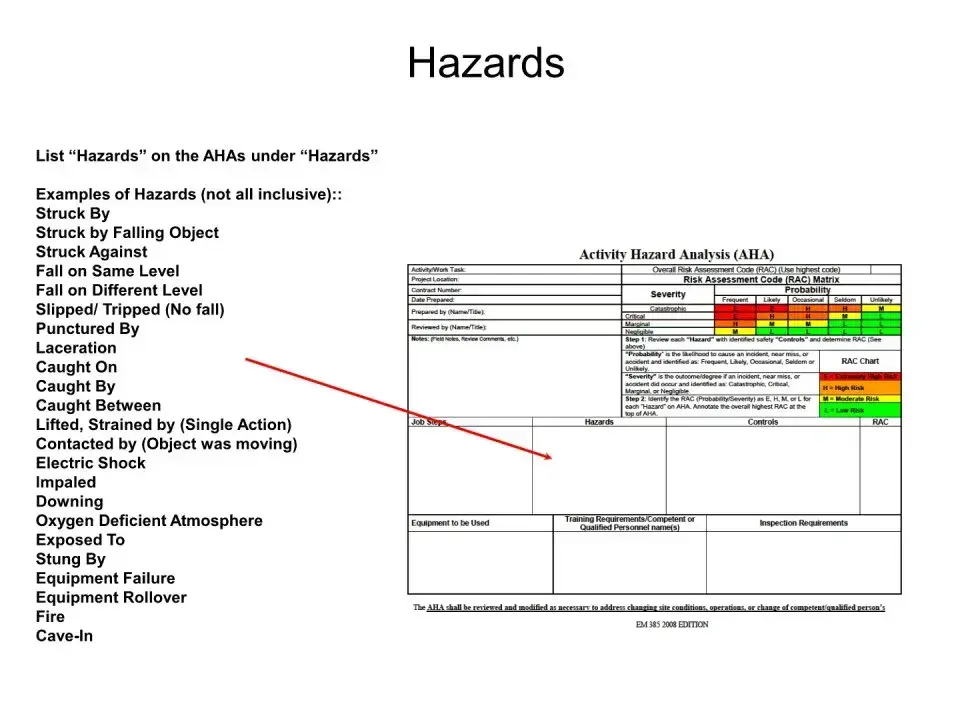When discussing the Activity Hazard Analysis (AHA) form, specifically the EM 385 version, there are several common misconceptions that need to be clarified. Understanding the purpose and correct usage of this form is crucial for maintaining safety and compliance in project environments.
Misconception 1: The AHA is a One-Time Requirement
A common misunderstanding is that the AHA, once completed, does not require revisiting. The reality, however, is that the AHA is a living document. This means it is designed to be updated and modified as site conditions, operations, or personnel change. This fluidity ensures that the AHA remains relevant and effective in identifying and mitigating hazards throughout the lifecycle of a project.
Misconception 2: The AHA Is Solely the Contractor's Responsibility
While it is true that contractors are required to prepare AHAs, it is a mistake to believe that the responsibility for them rests solely on their shoulders. The process of developing and approving AHAs is a collaborative effort that involves the government designated authority (GDA), subcontractors, and on-site representatives. This cooperative approach ensures that all hazards are thoroughly identified and addressed from multiple perspectives.
Misconception 3: All Identified Hazards Have the Same Level of Risk
Another misconception is that all identified hazards within the AHA carry the same level of risk. However, the AHA includes a Risk Assessment Code (RAC), which classifies hazards into categories ranging from Low to High (L, M, H, E). This classification helps prioritize risk management efforts, ensuring that the most dangerous hazards are addressed with appropriate urgency.
Misconception 4: AHAs Are Only Concerned with Physical Hazards
There is also a belief that AHAs only focus on physical hazards. In truth, AHAs are comprehensive documents that consider a wide range of hazards, including but not limited to environmental factors, equipment safety, and operational procedures. Their goal is to ensure a holistic approach to safety, addressing any factor that may impact the well-being of individuals on-site.
Misconception 5: There is No Need to Review AHAs if No Incident Occurs
Some may think that if no incidents occur, there is no need to review or update AHAs. This is a dangerous misconception. Regular reviews of AHAs are crucial, even in the absence of incidents, to ensure that all potential hazards are still accurately identified and controlled. Changing site conditions or operations may introduce new hazards or change the nature of existing ones, necessitating updates to the AHA to maintain a safe work environment.
In summary, the AHA is a critical safety document that requires continuous attention and cooperation from all parties involved in a project. By addressing these misconceptions, stakeholders can better understand the importance and dynamic nature of the AHA in promoting a safe and compliant work atmosphere.
